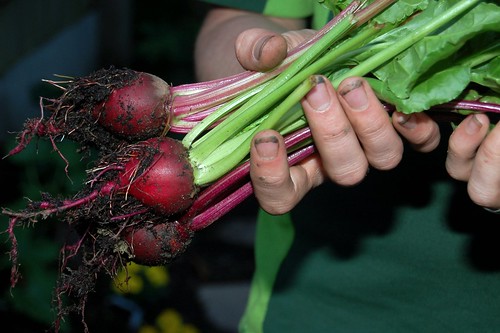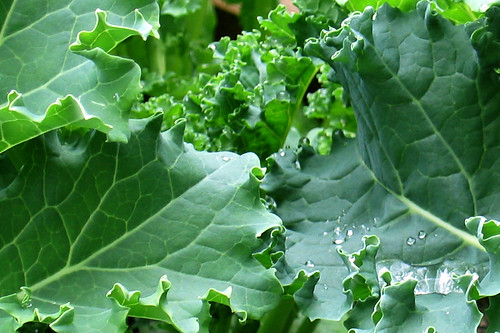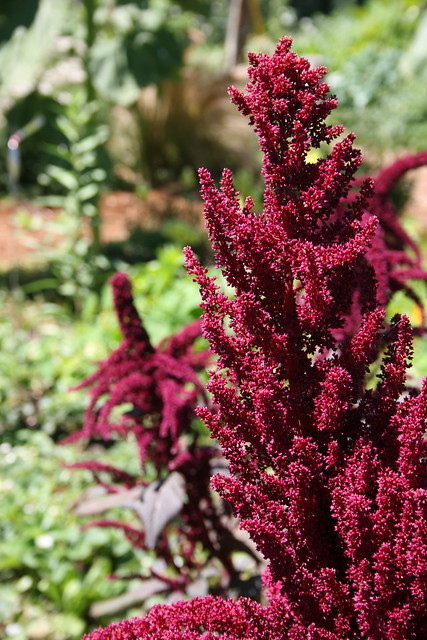It’s not quite winter yet, but there is a definite feel that it’s coming. The morning air is chilly and crisp, and it’s almost time to bring out the warm comforter blanket. What I love about Autumn and Winter seasons are those delicious opportunities for soups and stews. Given my Russian heritage, I would like to share this Bortsh (Борщ) recipe that makes frequent appearance in our household. It’s healthy, it’s in-season and it tastes great!

image by http://www.ayurvediclight.net
Ingredients (4 servings):
- 1 beetroot
- 2 carrots
- 4 medium-sized potatoes
- 1 onion
- 4 cloves of garlic (can put more!)
- 1/2 head of cabbage (or silverbeet, as we have discovered)
- juice of 1 lemon
- 1/2 to 1 cup of tomato paste (can also add fresh tomatoes)
- 2 table spoons of vinegar
- 2 table spoons of olive oil for shimmering vegetables
- dill, parsley, black pepper and salt to taste
Preparation
- Peel and cut potatoes, set to boil in about 4 cups of water
- Peel and thinly slice beetroot and carrots. Heat up oil in the pan and shimmer beetroot and carrots on low heat for at least 10 minutes (or until tender). Add vinegar and lemon juice to the mix. This will release the deep red colour of the beets.
- Cut the onions and add them to the carrot & beetroot mix about 5 minutes before they are done
- When ready, transfer the carrot & beetroot mix to the pot with boiling potatoes
- Add salt, pepper, cabbage, tomato paste to broth and cook on medium heat for about 20 mins
- Now the secret ingredient: cut raw garlic, dill, and parsley into small pieces. Put in a cup and mix well. Let them sit together while the broth is boiling.
- When broth is almost ready, add the secret ingredient mix. It will add a lot of flavour to the soup, but don’t over-cook it! After 3 mins, turn off the pot and let it sit for 10-15 mins on the stove.
Serve with toast and sour cream for a truly Russian experience. Enjoy!
And now, on to the planting guide…
1. Beetroot

Harvesting Beetroot by amortize
Where: sow directly into the soil
Harvest: from August





